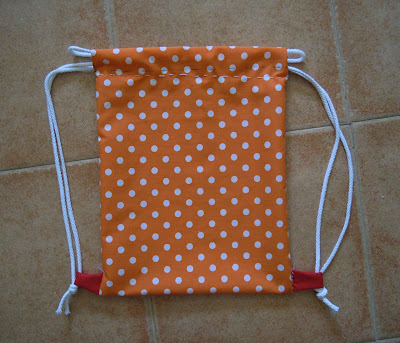Let
us explore another value chain
related to the manufacture of soap. The theme sounds a bit simplistic but I
think it can be of value to our rural communities.
Soap
is made out of one or more oils or fats mixed with an alkaline chemical such as lye,
also known as caustic soda. These
oils and fats can be of animal or vegetable origin. And lye can be obtained from hardwood ashes when properly treated with rainwater.
All
these ingredients can be obtained in our rural communities and the resulting soap can be sold in all sorts of market
places. Homemade soap is highly
valued by many people.
An
example of a value chain related to
the manufacture of homemade soap
could be like this:
- someone raises cattle, produces and sells animal waste to farmers
- this person sells cattle to the local slaughterhouse
- the butcher buys carcasses and sells meat
- the butcher has a lot of excess animal fat that people do not want
- a local person collects this animal fat to make tallow
- the local baker uses firewood to bake bread
- someone collects the ashes from the baker and other places
- these ashes are used in the community latrines
- with rainwater and ashes this person also makes lye
- someone uses tallow and lye to make homemade soap
- this person sells soap in the community and at the city market
Here
we have a value chain, a sequence of activities that make use of existing resources, such as rainwater,
ashes and tallow, to develop a new
product, homemade soap, which in turn provides work for one or more people. This new product for this community,
soap, has value. It has value to be bartered for other products and has value to generate monetary income when it is sold to
other communities or at the nearby city market.
In
addition, certain local resources
had no value or very limited value in the community, such as the case of ashes
and unwanted animal fat, but now gained
value for the local soap maker.
Homemade soap is very valued by many people because it does not contain unwanted additives as is often the case
with industrially manufactured soap.
Some
of these activities may be performed by the same person in one community and by
different people in another community. Each
individual and each community
will pick and choose what will make
sense. Each one will choose what activities will be performed by one or more
people. In some cases some experimentation
will be necessary to find out what makes sense.
It
is very important to know what a community needs
and consumes because that is what
will sell. In some situations we may feel inclined to make what we know how to
make, but that may not be what the community, the marketplace, needs or wants.
Soap is always needed although there is already soap in the marketplace. But if
this homemade soap is better, if it
smells better, if it does not irritate the skin or if it will make the skin
softer, this homemade soap will sell better than the commercially available
soap.
The
price of the homemade soap is very important so it can compete with the commercially available soap. The price has to cover the cost of the raw materials,
the manufacturing costs, and the distribution costs in order to generate
profit. These costs will vary from community to community and from situation to
situation. But with such low raw materials costs there is a lot of opportunity
for doing business at a profit.
A
value chain is the sequence of various activities for the benefit of various participants.
In
this series of blogs we will explore
various manufacturing processes for
lye, for tallow and for the manufacture of homemade soap. We are going to explore various recipes for making soap not
only with animal fats but also vegetable oils such as peanuts,
avocado, cashew, coconut and other plants that grow in our climate.














